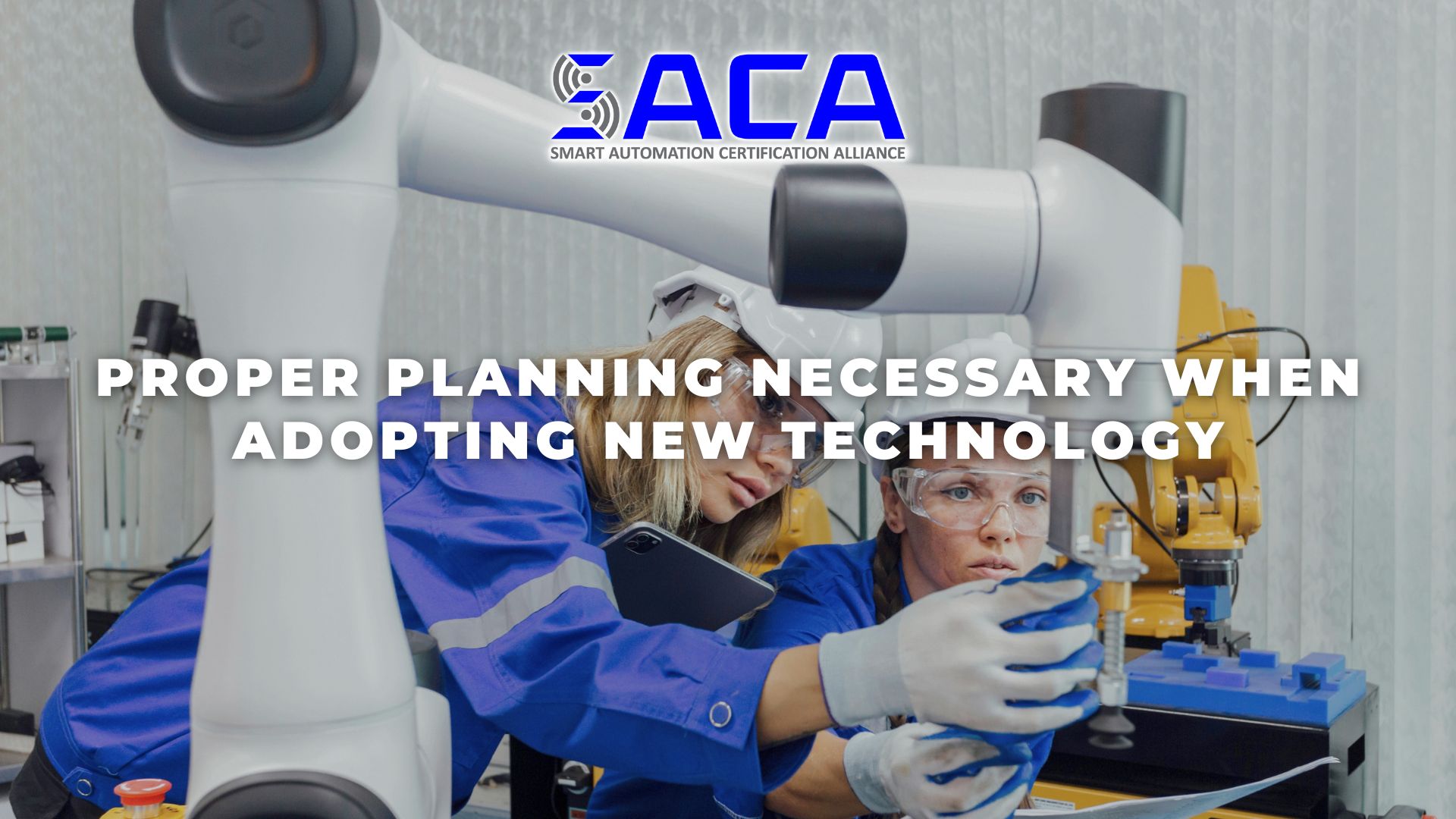
Have you noticed how the solution to most problems these days seems to be technology? Our lives are intertwined and interconnected in ways that few could have imagined several decades ago. From smart phones and televisions to smart cars and thermostats, advanced technologies that communicate and share information via the Internet have changed our lives forever.
They’ve also changed our workplaces. You’d expect this working in a technology field, but even industrial factory jobs have been impacted greatly by today’s advanced automation technologies. Just like in every other area of our lives, technology has changed the modern industrial workplace forever.
The seismic effect advanced automation technologies have had on manufacturing and other industrial sectors has many monikers, many of which you’ve probably heard of: the Fourth Industrial Revolution, Industry 4.0, Industrial Internet of Things (IIoT), and Smart Factory are just a few.
Especially in the wake of the COVID-19 pandemic, today’s industries know that they need to invest in advanced automation technologies to take them to the next level of efficiency and productivity. Yet, these investments should not be made lightly, especially by small and medium-sized manufacturers that don’t have the kind of money to spend that huge multinational corporations do.
How should small and medium-sized manufacturers approach investing in new automation technologies? In a recent IndustryWeek article, author Robert Scipione provides some guidance, including this important starting point: “The most important aspect of your first automation project is to be clear about what problem you are trying to solve.”
Failure to address a specific goal is a recipe for disaster. Scipione notes that some manufacturers buy technology impulsively, but “if they haven’t considered all the related impacts on their people and processes, their chances of a successful automation implementation are diminished.”
Once a problem is identified, Scipione recommends tying “the initiative to financial performance” and then “build[ing] a system around the technology.” In this way, you can ensure smooth implementation while also tracking how your chosen automation solution saves money and provides a good return on investment.
While many might be tempted to focus on the technology options available as potential solutions, Scipione warns that current personnel must also be a big part of the equation: “you will want to factor your people and their skill sets into the automation implementation, operation, and support.”
Technology doesn’t exist in a vacuum, so it’s important to ensure skilled personnel are available to operate, maintain, troubleshoot, and repair these new technologies as implemented. In many cases, that will mean either upskilling current workers or hiring new workers with the advanced automation technology skills you require.
If hiring new workers ends up being part of your automation implementation plan, look for candidates with industry-standard credentials that prove they already possess the advanced automation skills needed to thrive. For example, if workers possess a certification from the Smart Automation Certification Alliance (SACA), employers can feel confident they’ve already proven they have the knowledge and hands-on skills needed for working with advanced smart automation technologies. SACA has been hard at work collaborating with industry leaders to develop a wide variety of industry-standard certifications that will help employers find workers who possess the advanced connected-systems skills they need to take their businesses to the next level. Be sure to check out SACA and all it has to offer!





